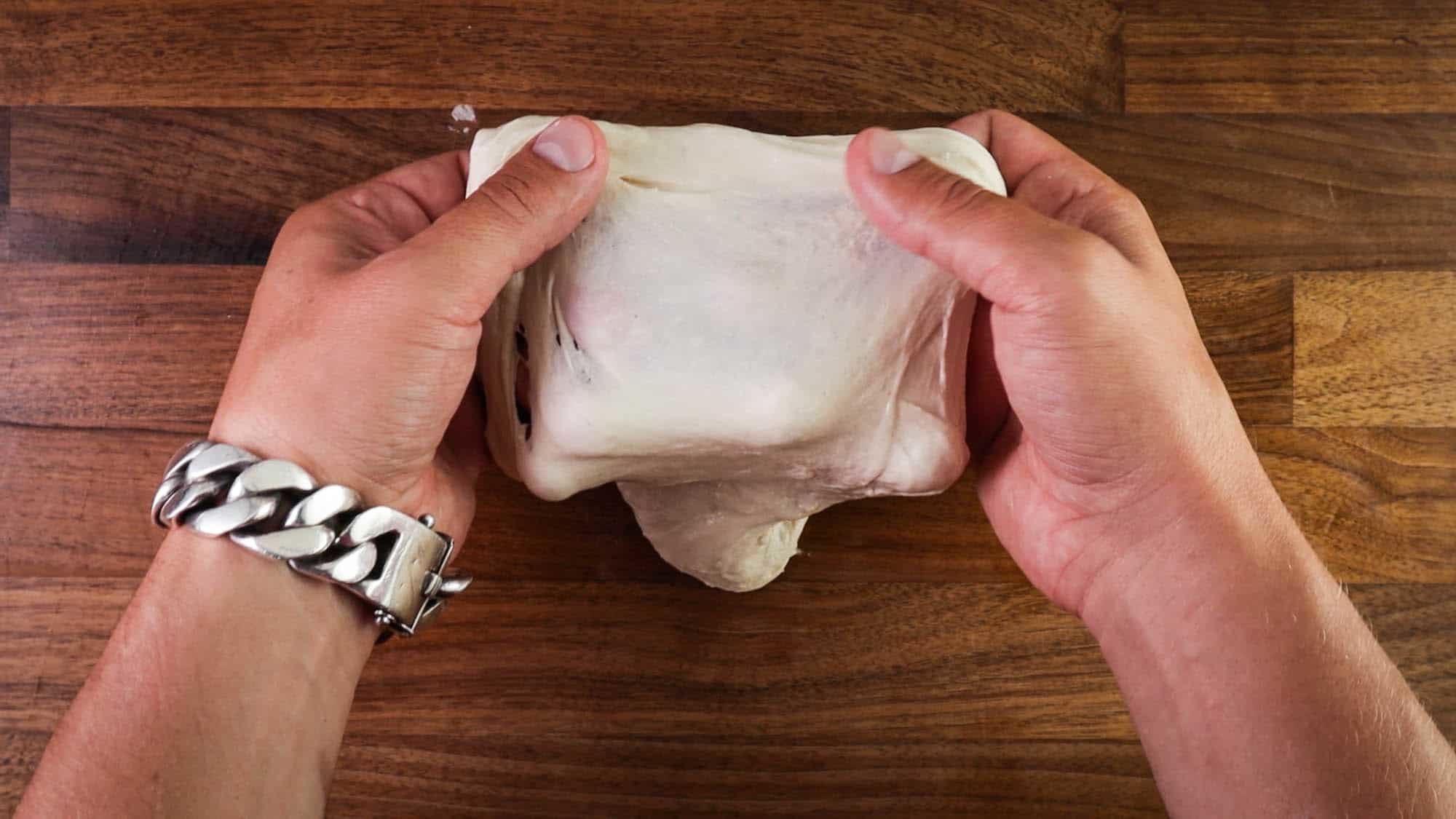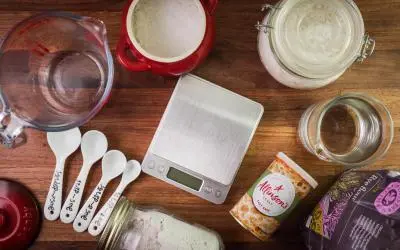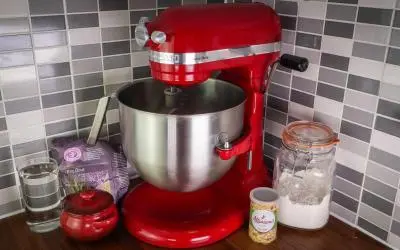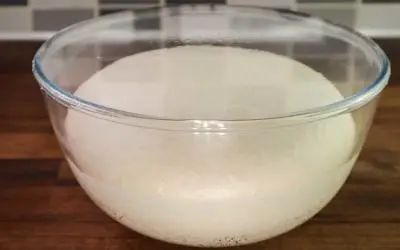Autolysation is (if taken) the second step of baking.
The process involves mixing all the flour and water of a dough recipe and leaving it to hydrate.
Flour contains two proteins called glutenin and gliadin. When water is added the two proteins combine to form gluten.
The better your flour is hydrated the better the gluten development will be.
This is especially important for wholemeal breads and high hydration dough. The simple act of mixing flour and water and leaving it to sit for some time will help you with making a great loaf of bread.
Autolysation will decrease the total mixing time of your dough. This is helpful when making dough by hand as well as with a mixer.
When mixing dough, you will find that in time dough heats up due to friction.
Reducing mixing time will help you control this. It is important to note that the dough is a lot more easily over-mixed after autolysation so you have to keep an eye on it in the mixer.
An over-mixed dough will become shiny and sticky and way too stretchy.
On the other hand, hand mixing, although warming the dough up, will never result in over mixing.
Watch the video here



